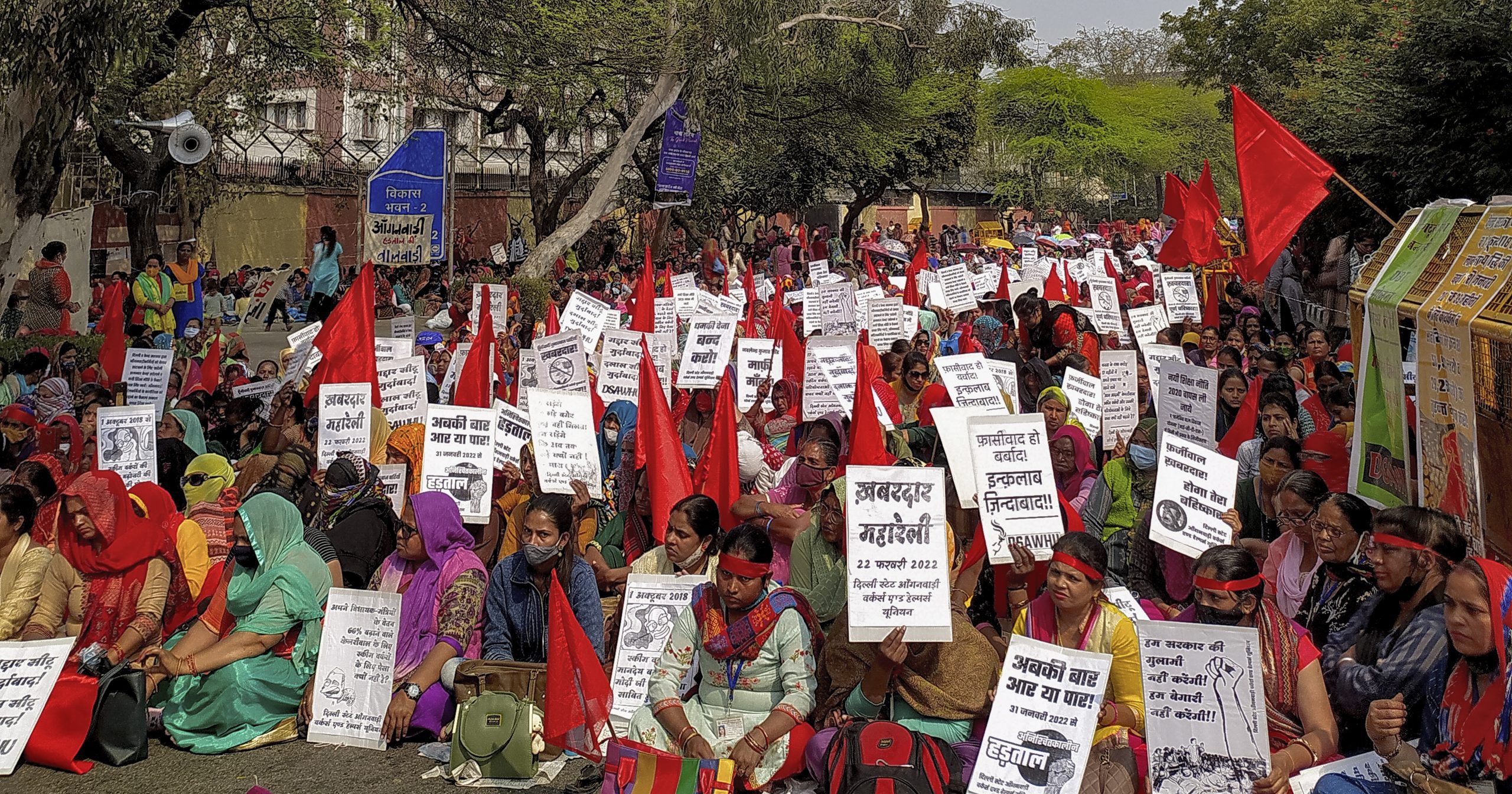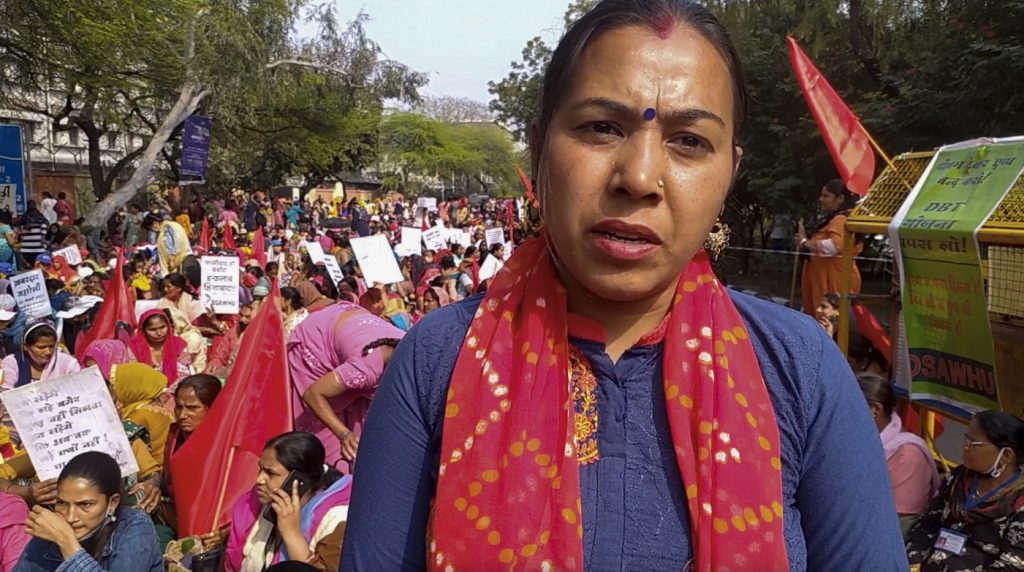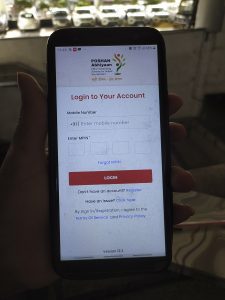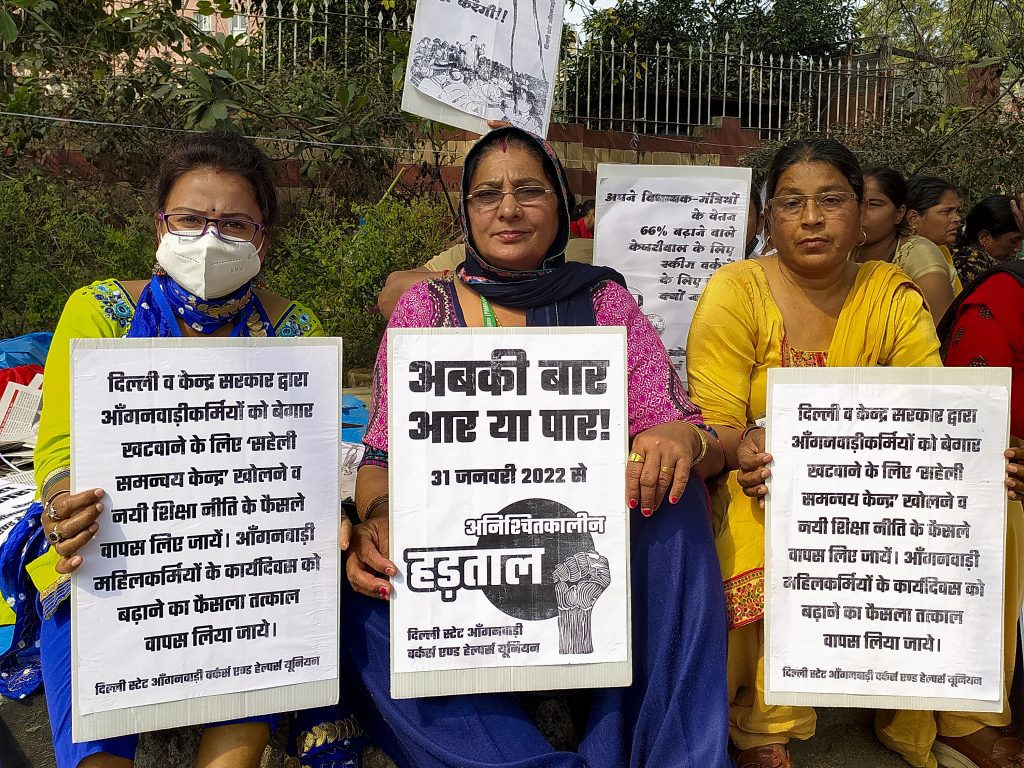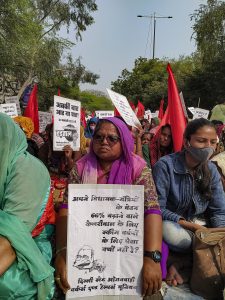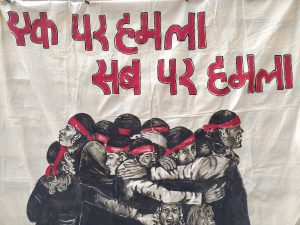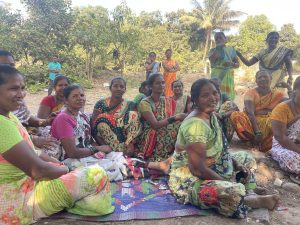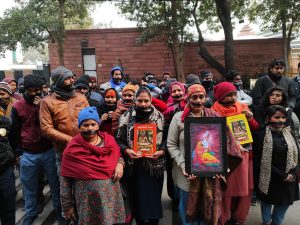“We collect and maintain various kinds of data for the government whether it is on pregnant and lactating mothers, or on malnutrition. All supervising officers to whom we submit this data are salaried government employees. Then why are we only given an honorarium and considered voluntary workers?” asked Saini. Kaul added that all benefits due to any government employee such as Employee State Insurance (ESI), Employees’ Provident Fund (EPF), and other retirement benefits should be given to Anganwadi workers and helpers.
In 2015, the then Union Minister of Women and Child Development Maneka Sanjay Gandhi had announced new guidelines as per which Anganwadi workers with over 10 years of experience and with a graduate degree could be promoted as supervisors to fill 50% of such vacancies.
However, BehanBox spoke to at least seven Anganwadi workers who fulfilled the criteria but had not been promoted.
While many women joined as Anganwadi workers because they had no other option, others made a conscious decision to take on the tasks. “I have been trying since 2018, but have not qualified even once,” said Saini, who holds a Bachelor’s degree in both Commerce and legislative law and also a Master’s in Social Work.
Married at the age of 18, Saini was encouraged to pursue higher education by her husband. In the meanwhile she joined Anganwadi to supplement her husband’s earnings. Even after completing her studies and clearing the All India Bar Examination to start a practice, she decided to continue working in an Anganwadi. “It is additional income after all,” she said.
Sunita Daggar, an Anganwadi worker for 13 years, holds a bachelor’s as well as master’s degree in social work. She lives with a disability, is a single mother and joined Anganwadi services to earn a living after her husband went missing. “Once I joined Anganwadi, I thought I would be able to make a career of it, get various allowances, incentives and promotions. However, let alone allowances, we are not even paid our honorariums on time,” she said. “They hire freshers who have no knowledge of the field and the work. In fact, we are the ones who train them.”
Some workers like Lakshmi joined the Anganwadi system because they wanted to engage with community work. “I hold a postgraduate degree in social work. I joined Anganwadi thinking that I could earn some money while serving the society. However, over the last 16 years I have learnt how Anganwadi workers’ and helpers’ labour is exploited,” she told Behanbox.
